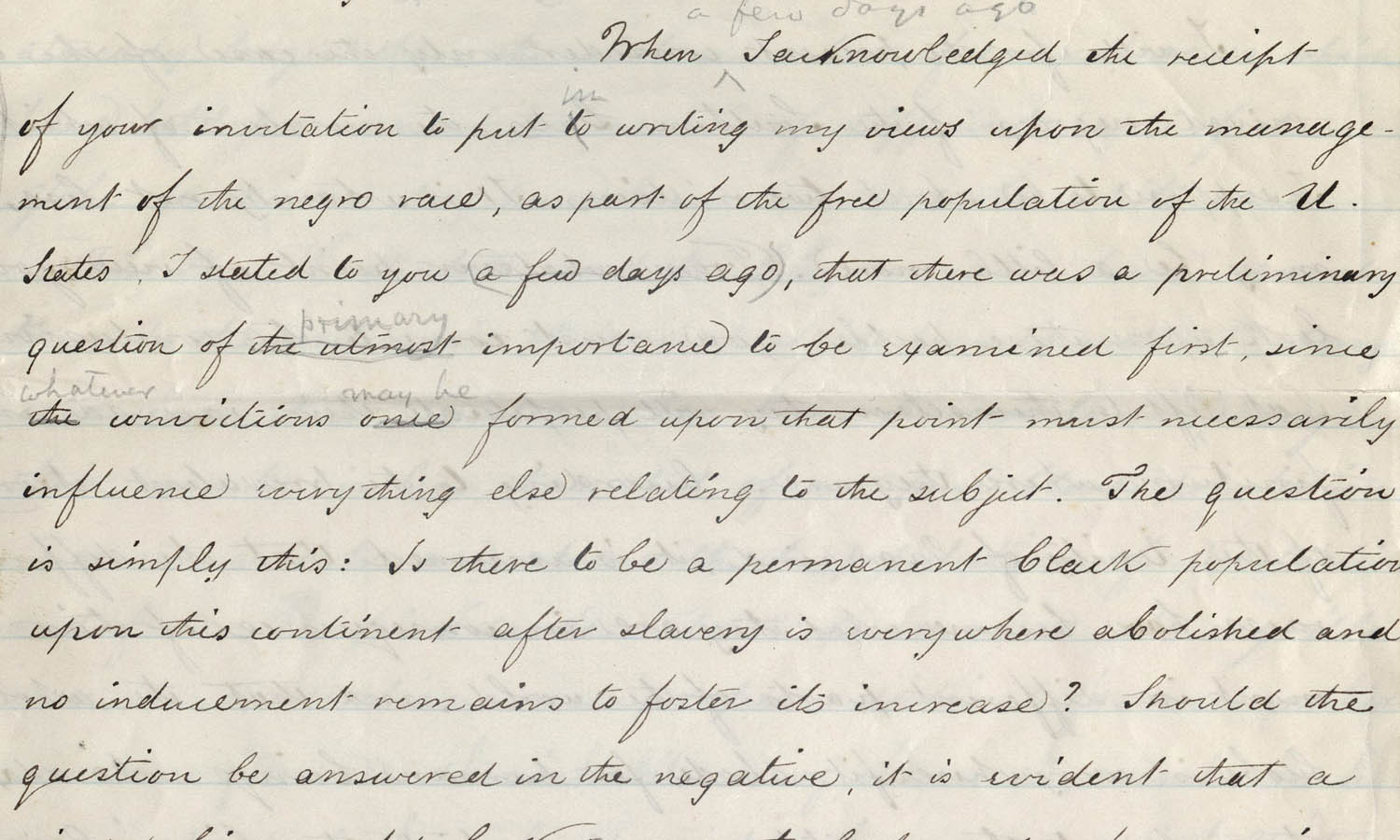The history of Harvard Square and the broader New England region may not be synonymous with slavery like the Antebellum South, however, the colonists of the New World were heavily reliant on slavery in establishing an economically sustainable civilization. The following exhibition of artifacts attempt to shed light on the omnipresence of slavery with regards to Harvard Square.
Seal of the Massachusetts Bay Colony (1629)
Repository: Harvard Fine Arts Library
The original seal for the Massachusetts Bay Colony depicts a Native American peacefully pointing their bow and arrow downwards with a speech bubble that reads, "come over and help us." The text alludes to the European notion that the indigenous people of the area were inferior and in need of European tutelage on multiple fronts such as religion. Ironically, it seems as though it is the colonists that were in need of help from the Indians. Native Americans constituted the vast majority of those enslaved in the Americas prior to 1700. Indigenous men conducted fieldwork and skilled labor for their European masters, even serving in the provincial forces on their masters' behalf. Women worked as household servants, while children worked in the fields and tended livestock. The citizens of Harvard Square depended on the labor of Native American slaves to help construct the New England economy.
Isaac Royall & Family (ca. 1707 - ca. 1752)
Repository: Harvard Law School Library
Isaac Royall was a colonial landowner in Cambridge influential in the creation of Harvard Law School who owned as many as seventy slaves across his various estates in New England and the Caribbean. Royall was famous for enjoying and flaunting his wealth. His materialism and propensity to show off his great fortune is evident in the family portrait. However, slaves were one possession that a family such as the Royalls did not boast. The opulence of the Royalls and the absence of any slave depiction is redolent of the hidden supporting role that slaves played to enable the grandeur of the manicured estates and lifestyles.
Daguerreotype of Renty (1850)
Repository: Harvard Peabody Museum
Louis Agassiz Manuscript Letter to Samuel Gridley Howe (1863)
Repository: Houghton Library
The Daguerreotype of Renty was arranged by Harvard professor Louis Agassiz when he commissioned photographs to be taken of slaves in South Carolina for his research. Slaves Renty and Delia were forced to pose in several nude positions to be examined by Agassiz, who sought to prove the genetic inferiority of the African race many years after Massachusetts had prohibited slavery. In a letter to Samuel Gridley Howe, Agassiz explains that the white and black race are, "more widely different from one another than all the other races" and that mixing the two would present an array of problems for the country. Racial theories of intellectuals such as Agassiz provided justifications for policies to legally segregate and disenfranchise African Americans. Supporters of Agassiz became benefactors of Harvard and provided support for its expanding science schools.
Sources:




Comments
Post a Comment